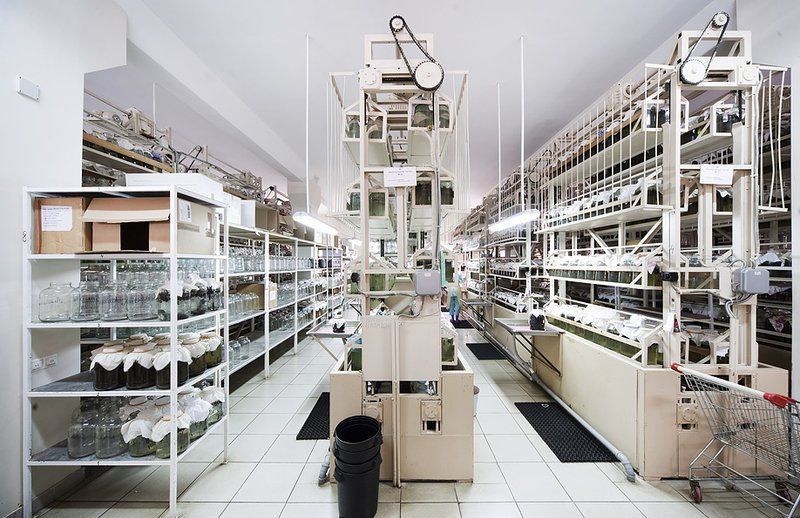|
|
Life Of Leeches
|
The use of leeches in modern medicine made its comeback in the 1980s after years of decline, with the advent of microsurgeries, such as plastic and reconstructive surgeries. In operations such as these, problematic venous congestion can arise due to inefficient venous drainage. Sometimes, because of the technical difficulties in forming an anastomosis of a vein, no attempt is made to reattach a venous supply to a flap at all. This condition is known as venous insufficiency. If this congestion is not cleared up quickly, the blood will clot, arteries that bring the tissues their necessary nourishment will become plugged, and the tissues will die. To prevent this, leeches are applied to a congested flap, and a certain amount of excess blood is consumed before the leech falls away. The wound will also continue to bleed for a while due to the anticoagulant hirudin in the leeches' saliva. The combined effect is to reduce the swelling in the tissues and to promote healing by allowing fresh, oxygenated blood to reach the area.
The active anticoagulant component of leech saliva is a small protein, hirudin. Discovery and isolation of this protein led to a method of producing it by recombinant technology. Recombinant hirudin is available to physicians as an intravenous anticoagulant preparation for injection, particularly useful for patients who are allergic to or cannot tolerate heparin.
|
|









